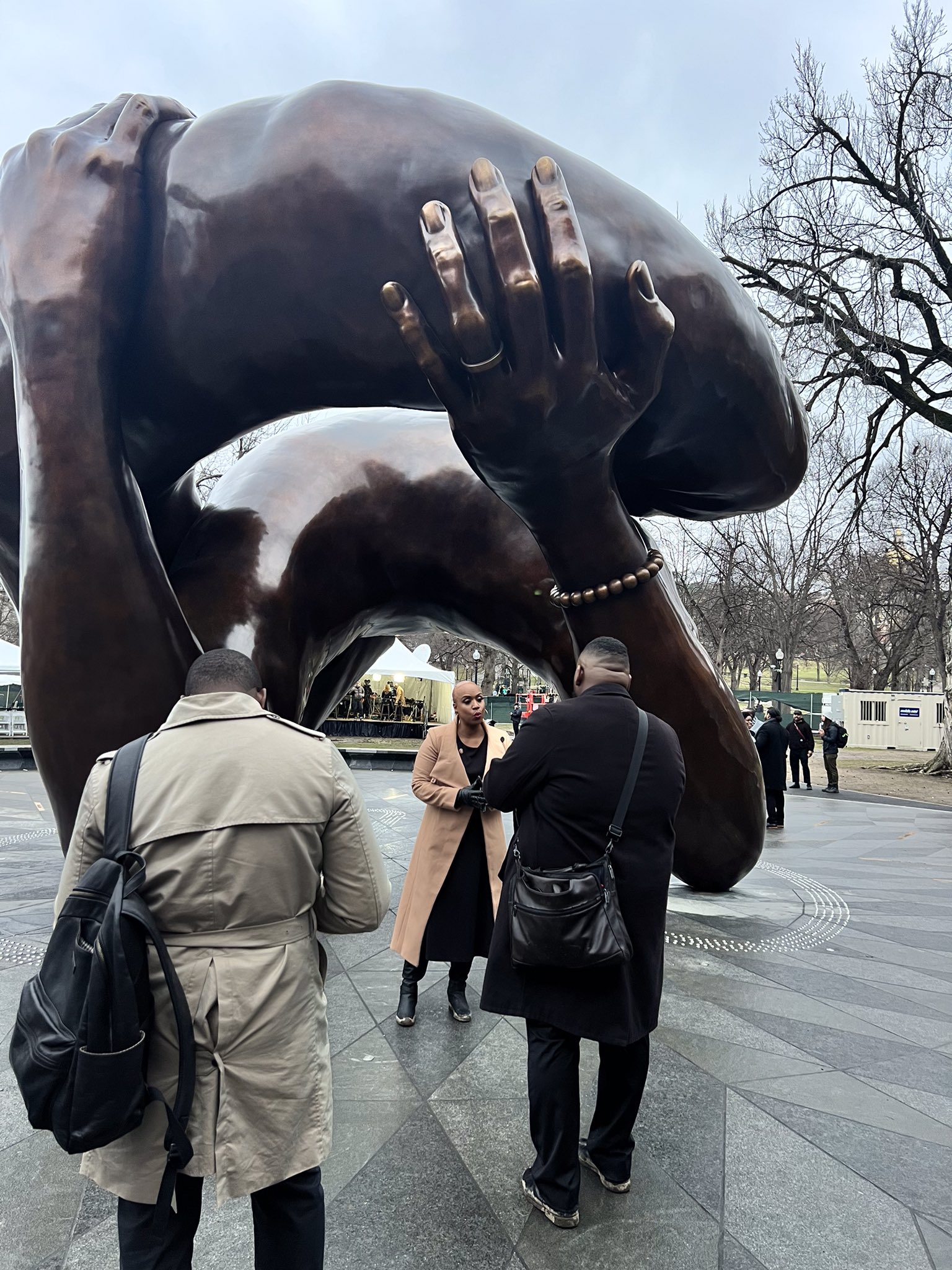Every now and then, I’ll hear about someone who not only writes daily, but finds it easy to do so 99% of the time. I won’t say that I think such people are fantastical, but it’s an alien concept to me. I’m till quite proud of the daily posting I’ve achieved over the last year, and of advances I’ve made in my rate of fiction writing, but some days, well. Some days it don’t come at all, and these are the days that never end. So here I am, compelled by unholy pacts to post before I can sleep, and just… nothing appeals.
There’s plenty of stuff that I find interesting, but to write about? Less so. I thought about Democracy Now’s report on the Ohio train disaster (which you should check out), but I’ve posted about that two days in a row now, and this sentence makes a third. There are always little bits of research about how long coral can survive warming temperatures, or an advance in electrolysis efficiency, but on posts like that it keeps coming back to the same basic thing, we need to build the collective political power to enact real change. Some days, I just… can’t.
I’ll get back to that soon, I suppose, but right now it just feels a bit draining. Instead, let’s learn about bat whiskers!
The researchers worked at the Smithsonian Tropical Research Institute recording Pallas’s long-tongued bats—a South and Central American bat that has the fastest metabolism of any mammal—as they drank from hand-blown glass flowers designed for the study to replicate the plants the animals feed from. High-speed infrared cameras captured photos and video of the bats as they descended upon the glass flowers and navigated their muzzles and tongues into the “bloom” to eat the nectar. Feedings typically lasted between a half- to one second.
The researchers found that bats with clipped whiskers were less agile and accurate during feeding and flight than animals with untouched whiskers. The animals with clipped whiskers were held for a few days until the hairs regrew, then released back into the jungle. “Clipping the whiskers doesn’t reduce the bats’ ability to feed, they just do it a little less gracefully,” Amichai said. “If it were gymnastics, they’d get an 8.5 instead of a 9.8.”
See, this is the kind of animal research that has always appealed to me. Clipping whiskers is, I’m sure, deeply offensive to the bats, but it’s certainly not going to cause lasting harm, especially with the researchers ensuring their subjects have plenty of food available. It reminds me of when I helped make blindfolds for flying geckos so a fellow student could study their steering ability.
I have to admit, I never really gave much thought to bat whiskers, but for a creature that zips around shoving its head in floral tubes, it makes sense to have a facial perimeter alert system.
The role of long whiskers in nectar-feeding bats’ flight control provides new insight into the co-evolution of the bats with the flowers they feed on, Amichai said.
The majority of bats possess short whiskers not arranged in any particular pattern or direction. But the researchers found that whisker length in nectar-eating bats evolved at least twice, along with the evolution of their long tongues and faces, to help them better navigate the deep chambers of the flowers they prefer. In turn, the long reach these flowers require results in more pollen sticking to their pollinators and thus the broader proliferation of their kind.
The researchers plan to continue their work using higher-resolution images, flowers that move, interactions with predators and other expansions on the experimental model, Amichai said.
In the meantime, the latest study offers a fascinating glimpse into how nectar-feeding bats combine various forms of sensory information to navigate the world around them, Amichai said. Their world is a combination of scent, echolocation, spatial memory, knowledge of the seasons, and the physical sensation and equilibrium provided by their whiskers.
“I find thinking in these terms of switching back and forth between completely different ways to perceive the world—and seamlessly integrating their input—to be a mind-blowing concept,” Amichai said. Understanding how animals perceive and interact with their surroundings helps scientists develop better conservation strategies, he said.
“We are strange animals—we rely almost solely on vision and, to a lesser extent, hearing to perceive the world. As a result, we interpret other animals’ behavior in similar terms and that often leads us to completely misinterpret what they’re doing and why,” Amichai said. “Understanding the sensory world of other animals helps us see the world through their eyes and understand their behavior, needs, and challenges better.”
In the recently made Battlestar Galactica reboot, one of the human-form cyclons laments the fact that even though he’s technically a robot, designed and built (or grown? I’m not clear on that), because he was made “in the image of” humanity, his eyes can only perceive as much as a human might. Instead of being able to see the full grandeur of the universe, he’s limited by the imperfect meat of his body.
I sympathize with that. I don’t feel a particular need to examine the world around me with my beard, but I’d like to be able to get more information out of smells, or to be able to hear with more clarity or accuracy. Since I doubt I’ll be getting my dreamed-of cyborg replacement parts in this lifetime, so instead I’ll just have to muse on what might have been, down another evolutionary timeline.
Oh, to be a bat, flitting from flower to flower.




